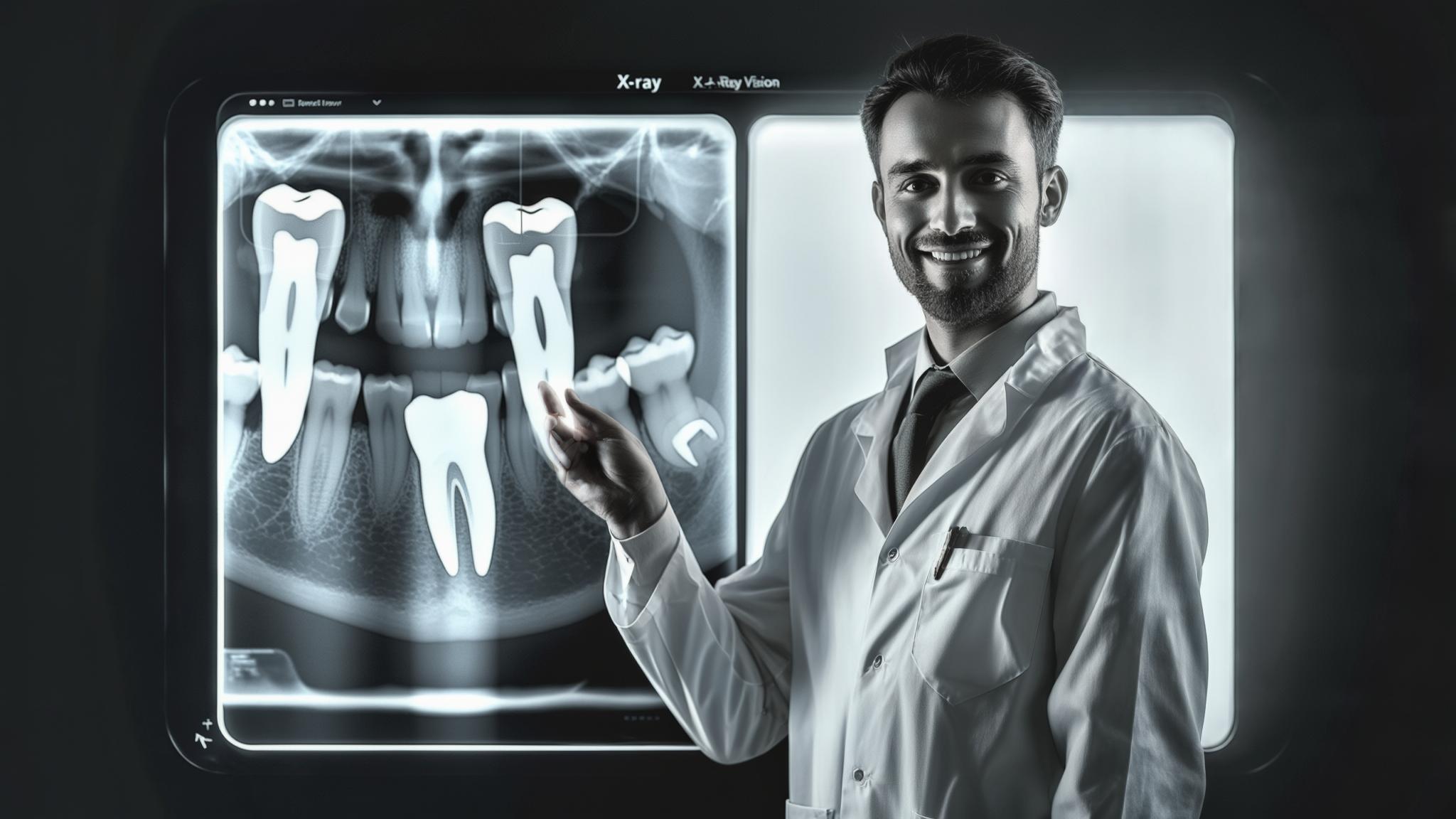Understanding Dental Check-ups and the Role of X-rays
When you think of a dental check-up, you might picture a dentist peering into your mouth with a small mirror. While this is part of the process, there's much more happening beneath the surface. Dental X-rays play a crucial role in these exams, offering a glimpse into areas the naked eye can't see. In this article, we'll explore why X-rays are vital in dental examinations and how they contribute to maintaining your oral health.
Understanding Dental X-rays
What Are Dental X-rays?
Dental X-rays are images of your teeth that help dentists evaluate your oral health. These images capture the condition of your teeth, roots, jaw placement, and facial bone composition. They are a key tool in diagnosing dental issues that might not be visible during a standard exam.
Types of Dental X-rays
-
Bitewing X-rays: These show details of the upper and lower teeth in one area of the mouth. They're used to detect decay between teeth and changes in bone density caused by gum disease.
-
Periapical X-rays: These focus on one or two complete teeth from root to crown. They help identify issues below the gum line or in the jaw, such as abscesses or impacted teeth.
-
Panoramic X-rays: These provide a broad view of the entire mouth, including all the teeth, jaws, nasal area, and sinuses. They are often used for planning treatments for braces, implants, or dentures.
-
Cone Beam Computed Tomography (CBCT): This advanced type of X-ray offers a 3D view of the teeth and surrounding structures. It's particularly useful for complex cases involving implants or detailed jaw assessments.
Purpose of Each Type of X-ray
Each type of X-ray serves a specific purpose, from detecting cavities and gum disease to planning orthodontic treatments. They help dentists see the full picture of your oral health, ensuring nothing is overlooked.
The Importance of X-rays in Dental Exams
Detecting Dental Issues
X-rays are invaluable in identifying problems such as:
- Cavities: Especially those hidden between teeth.
- Gum disease: Early detection can prevent more serious health issues.
- Impacted teeth: Like wisdom teeth that haven't erupted properly.
- Bone loss: Often related to severe gum disease or other conditions.
Assessing Tooth and Jaw Structure
X-rays allow dentists to assess the alignment and integrity of your teeth and jaw, which is crucial for planning treatments like fillings, root canals, or braces.
Planning for Dental Treatments
X-rays guide dentists in crafting precise treatment plans, whether it's filling a cavity, performing a root canal, or aligning teeth through orthodontics.
Early Detection and Prevention
By catching issues early, X-rays help prevent more serious conditions, saving you from pain, expense, and extensive treatment down the line.
The Safety of Dental X-rays
Radiation Exposure
While the word "radiation" can be concerning, the level of radiation from dental X-rays is very low. In fact, it's comparable to the natural radiation you're exposed to daily from the environment.
Safety Measures in Dental Practices
Dentists take several precautions to ensure your safety:
- Lead aprons and thyroid collars protect other parts of your body during the X-ray.
- Digital X-ray technology reduces radiation exposure compared to traditional X-rays.
- Proper training ensures dental professionals use the equipment safely and effectively.
Guidelines for Frequency of X-rays
The frequency of X-rays depends on your age, health, and dental history. Your dentist will recommend a schedule that's right for you, balancing the need for information with safety.
Conclusion
Dental X-rays are an essential part of maintaining oral health. They allow dentists to see what's happening beneath the surface, ensuring early detection and effective treatment of dental issues. With stringent safety measures in place, you can feel confident in the use of X-rays during your dental visits. Remember, regular check-ups are key to a healthy smile.
References
For those interested in learning more, consider these resources:
- The American Dental Association
- Radiological Society of North America
- "Dental Radiography: Principles and Techniques" by Joen Iannucci and Laura Jansen Howerton
These references provide additional insights into the importance and safety of dental X-rays.

